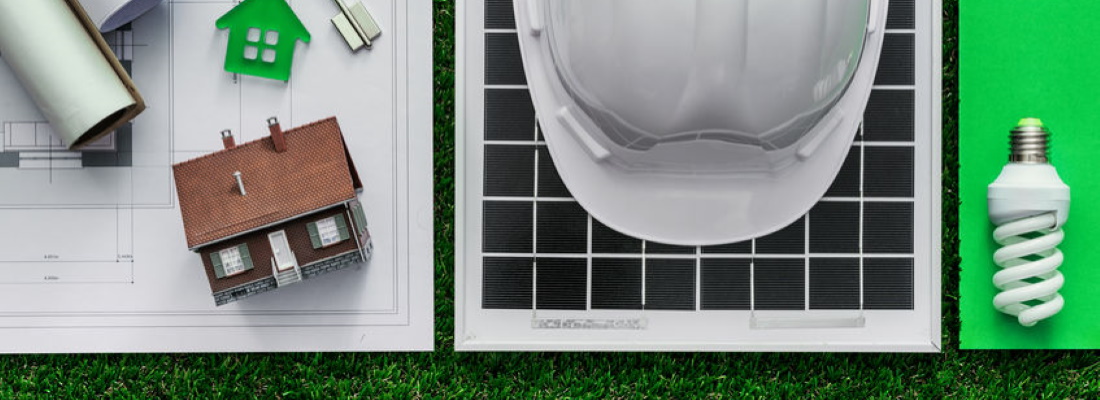The majority of people in the UK live in urban areas and there is no indication that this will ever change. People need places to be close to their homes, in the same cities and towns. There is a huge concern at the moment with regards to people’s physical and mental health and the costs of treating this. There is mounting pressure coming from the ageing population as well as other health inequalities. There are relatively recent thoughts of how we can reduce the cost on the public purse and one of the ideas is to invest in enhancing wellbeing and preventing illnesses.
Of course, there does need to be an investment in helping people to change their behaviours – i.e. smoke less, exercise more and eat better food. However, we also need to consider how our cities and towns can support healthier lifestyles. One of the ways in which we can address this is through green infrastructure (GI).
What is green infrastructure?
We understand traditional infrastructure to be systems and networks that provide essential services like transport, electricity and water. Green infrastructure isn’t just about having greener ways to provide these services; it’s about the infrastructure being multifunctional. It uses urban networks of semi-natural and natural features like parks, street trees, rivers and green spaces to provide a range of services.
The European Commission defines green infrastructure as a network of semi-natural and natural areas that is planned strategically to protect biodiversity as well as deliver ecosystem services. Secondly, the NPPF (National Planning Policy Framework) defines green infrastructure as a network of green space that is multifunctional and supports ecological and natural processes while being integral to the life quality and health of its sustainable communities.
The history of green infrastructure evolution
During the latter part of the last century, we saw the idea or green infrastructure begin to evolve. People started to recognise that urban planners didn’t address issues such as biodiversity, housing delivery, public health, flood management and climate change. This meant that the building solutions weren’t integrated, dynamic or forward-thinking. Green infrastructure is an alternative approach and tackles some of the big issues head-on. GI delivers multiple benefits and unlocks so much potential in supporting people in our cities and towns to have healthier lives.
An example of green infrastructure is a city that cleans up its streams and rivers, provides cycle paths and footpaths alongside them and links them with other large open spaces like squares and parks. They invest in planting trees in streets and public spaces, develop public gardens and have an educational programme to encourage people to lead more active lives. Finally, they implement drainage systems that are sustainable. In a city like this, there will be a reduced risk of flooding and there will be a reduction in the urban heat island effect. What’s more, the water and air quality will improve, there will be more people cycling, running and walking for fun, more people will grow their own vegetables and there will be increased opportunities for education on wildlife.
Urban GI and its ecological benefits
Green infrastructure is vital to many species from the very rare to the very common. By creating green infrastructure, we give our wildlife more places to live, breed and feed.
GI and community cohesion
GI creates stronger communities and can be used by almost all of the surrounding communities. There is evidence to suggest that green infrastructure is more successful when the local communities are involved and consulted. When businesses, societies and individuals are committed and involved, green infrastructure is much more successful. Green spaces have the potential to enhance social cohesion. They can bring the community together and create cohesion in the community as different groups use the space alongside and with one another.
GI and benefits to inhabitants
With green infrastructure, there are fewer health inequalities – there are higher levels of income deprivation in urban areas and these lead to more health problems. When people live closer to leisure facilities or green spaces, there is an association with reduced obesity levels and increased physical activities. There is also an association between physical activities on mental health and if people have high-quality green spaces nearby, they are more likely to take on exercise. When there are green spaces, over 80% more people in the local community engage in physical and social activities when compared to people who live in areas that are heavily urbanised and sparsely vegetated.
Why green infrastructure is more important now than it has ever been
Cities in the UK already have temperatures that are higher than in rural areas because of a phenomenon called the urban heat island effect. In fact, 12% of the air pollution in built-up areas are part of this effect because ozone and VOCs (volatile organic compounds) are dependent on temperature for formation. Also, when there is sudden heavy rain in urban areas, there is a likelihood that drainage systems become overwhelmed, which can result in flooding.
There is the worry that the UK will soon be spending 20% of GDP on providing health care. With this in mind, it is urgent that we explore ways in which we can prevent ill health beyond what is currently happening. Green infrastructure can significantly improve the well-being and health of urban area residents. It means that urban populations will be healthier but also there will be gains for the economy, environment and society in general.
It’s imperative to increase investment in green infrastructure now if we want to save money and improve lives for the future. There needs to be a collaborative and creative approach to the development of our existing urban areas but also when planning and designing new urban areas.

